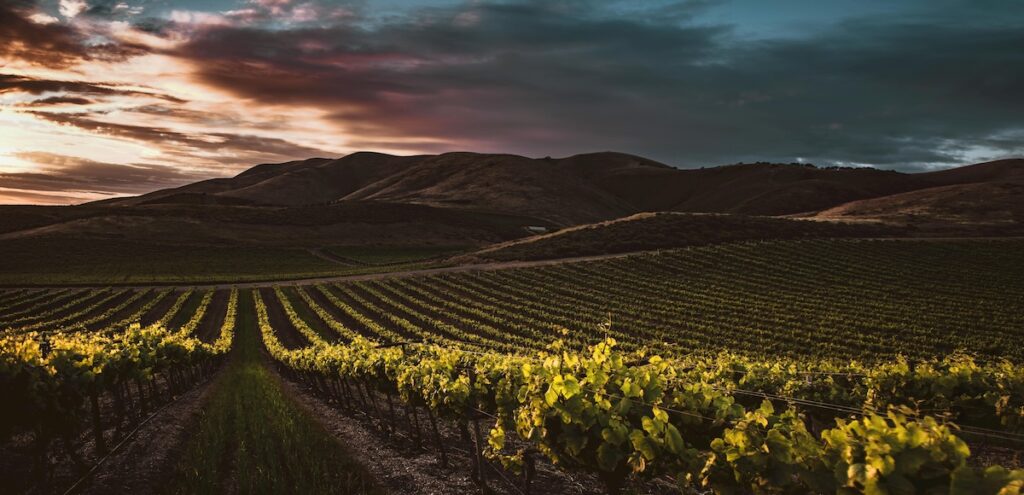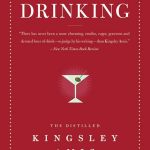American wines have firmly established a place on the global stage. While some traditionalists who favor “Old World” wines might dispute this, it’s thanks to America that Europe continues to produce wines from Vitis vinifera. When phylloxera ravaged European vineyards in the late 19th century, destroying nearly two-thirds of all vines, the solution came from American rootstocks.
California vs. France
Many readers may be familiar with the 2008 film Bottle Shock, inspired by the 1976 “Judgment of Paris.” Organized by Steven Spurrier, this blind tasting competition pitted Californian wines against prestigious French wines. To everyone’s surprise, Californian wines emerged victorious in both white and red categories. This landmark event showcased Californian wine on the world stage, with Chateau Montelena Chardonnay winning for whites and Stag’s Leap Cellars Cabernet Sauvignon for reds.
This pivotal moment helped solidify California, especially Napa Valley, as a premier wine-producing region. The area is home to UC Davis, a world-renowned viticulture and enology university, and produces a variety of wines celebrated worldwide. California’s vineyards are divided into coastal and inland regions, as well as northern, central, and southern coastal areas. Coastal regions are known for Pinot Noir, Chardonnay, and Cabernet Sauvignon, while the inland Sierra Foothills produce rich, complex, and dark Zinfandels. Did you know? Zinfandel is genetically identical to Italy’s Primitivo, making it a must-try for fans of Puglian wines.
The northern coast also yields excellent sparkling wines made in the traditional method. Although these wines were once labeled “Champagne,” U.S. legislation now respects France’s AOC designation, and California’s producers avoid this term. Nonetheless, sparkling wines from Sonoma and Carneros bring an Old World sophistication with a touch of New World fruitiness. Major Champagne houses like Moët & Chandon have also invested in the region.
Napa Valley remains synonymous with world-class Cabernet Sauvignon, with icons like Opus One—a collaboration between Napa pioneer Robert Mondavi and Baron Philippe de Rothschild—leading the charge. Other brands, such as Screaming Eagle and Harlan Estate, continue to make waves, with prices reaching four figures per bottle. The inland Sierra Foothills, renowned for bold Zinfandels, yield wines with rich, dark fruit flavors and notes of vanilla and spice from oak aging.
Pinot Noir and Riesling from the North
California is not the only U.S. region to produce outstanding Pinot Noir. In Oregon, areas like Willamette Valley offer slightly cooler climates, creating wines with a richer, more robust profile. Esteemed Riesling producer Ernst Loosen, known as the “Riesling King” of Germany’s Mosel region, owns the J. Christopher winery in Oregon, dedicated to Pinot Noir.
Further north in Washington, the cooler climate of the Columbia Valley is ideal for varieties like Riesling. Chateau Ste. Michelle, Washington’s most famous winery, collaborates with Loosen on Eroica, a flagship Riesling frequently ranked among the world’s best. Washington also produces impressive Syrah and Merlot, which exhibit a spicier, more complex character in this region’s unique terroir.
East Coast Wines
On the East Coast, the Finger Lakes AVA in New York is a leading wine region with a history of over 200 years. The region’s cool climate, influenced by large lakes, makes it ideal for Riesling, though varieties like Chardonnay, Traminette, and Pinot Noir are also cultivated. Finger Lakes wines are noted for their balance and clarity, appealing to fans of cool-climate European wines.

Expanding Horizons
While California, Oregon, and Washington are the most well-known wine regions in the U.S., wine production is expanding in other states, including Virginia, Texas, Pennsylvania, Ohio, Michigan, and Missouri. Though volumes may be smaller than in California, these emerging wine regions are gaining recognition and developing unique profiles that reflect their local terroirs.
The American Wine Identity
Compared to traditional regions like Tuscany, Bordeaux, or Burgundy, the U.S. wine scene is relatively young. However, it has quickly established itself on the global stage with a unique character and brands that command respect. American wines offer a broad range of styles, from sophisticated Chardonnays and robust Cabernets to innovative blends and vibrant sparklers. For wine enthusiasts, the U.S. offers a diverse selection of options, with something for every palate.
Explore the world of American wine, and discover a unique and diverse landscape that’s worth raising a glass to.




